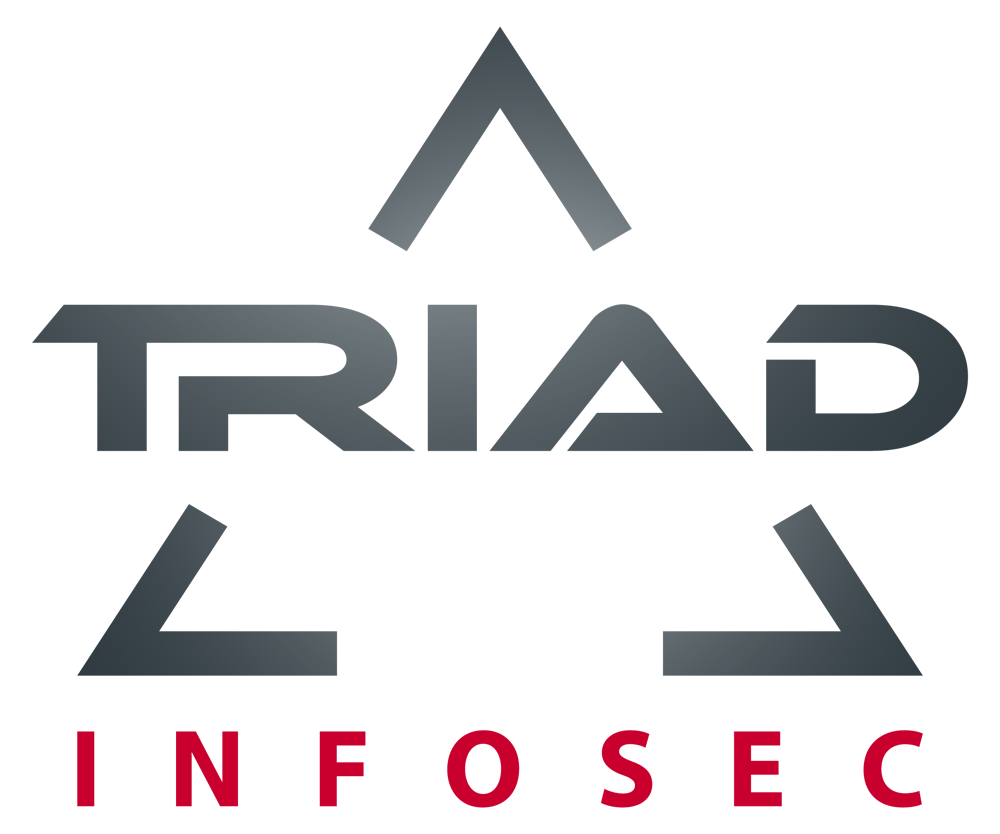The cybersecurity industry faces a persistent and escalating talent shortage, with 2025 shaping up to be no exception. The demand for skilled professionals continues to outpace supply, leaving organizations vulnerable to evolving threats. As cyberattacks grow more sophisticated, finding innovative solutions to address this gap is critical. Here, we explore strategies that businesses, educational institutions, and governments can adopt to mitigate the cybersecurity talent crisis.
The Current Landscape
Cybersecurity Ventures estimates that the global shortage of cybersecurity professionals will exceed 3.5 million unfilled positions in 2025. This shortfall leaves critical infrastructure, businesses, and individuals at heightened risk. Contributing factors include rapid digital transformation, the complexity of modern threats, and a lack of accessible pathways into the field. Organizations that fail to address these challenges risk falling victim to breaches that can compromise data, reputation, and financial stability.
Strategies for Closing the Gap
1. Upskilling and Reskilling the Workforce
Organizations should invest in training programs to upskill current employees and reskill individuals from adjacent industries. Bootcamps, certifications, and on-the-job training can help workers transition into cybersecurity roles. For example, IT professionals can be trained in ethical hacking, network security, and incident response, leveraging their existing technical skills to meet cybersecurity needs.
2. Promoting Diversity and Inclusion
The cybersecurity workforce is often criticized for its lack of diversity. By fostering an inclusive culture and providing opportunities for underrepresented groups, organizations can tap into a broader talent pool. Initiatives like scholarships, mentorship programs, and outreach to minority-serving institutions can help create pathways for women, minorities, and veterans to enter the field.
3. Integrating Cybersecurity into Education
Governments and educational institutions should emphasize cybersecurity at all academic levels. High schools can introduce foundational courses, while universities can expand their cybersecurity programs. Partnerships between academia and industry can ensure curricula align with real-world needs, producing graduates ready to tackle emerging threats.
4. Leveraging Artificial Intelligence and Automation
While technology cannot fully replace human expertise, AI and automation can alleviate some of the burden on understaffed teams. Tools powered by AI can handle routine tasks like threat detection, monitoring, and reporting, allowing human professionals to focus on more complex challenges.
5. Building a Culture of Security Awareness
Organizations can reduce their dependence on cybersecurity experts by fostering a culture of security awareness among all employees. Regular training on topics like phishing, password hygiene, and data protection empowers staff to act as the first line of defense.
The Role of Collaboration
Collaboration is essential in addressing the talent shortage. Public-private partnerships can fund scholarships, develop training programs, and create apprenticeships. Industry associations can establish standards for certifications and promote best practices. Governments can offer tax incentives to businesses investing in cybersecurity talent development and subsidize education initiatives.
Conclusion
The cybersecurity talent shortage is a significant challenge, but it is not insurmountable. By embracing innovative strategies and fostering collaboration, organizations and stakeholders can build a robust pipeline of cybersecurity professionals to protect against the ever-evolving threat landscape. In 2025 and beyond, proactive efforts to address this crisis will determine the resilience of our digital world.





